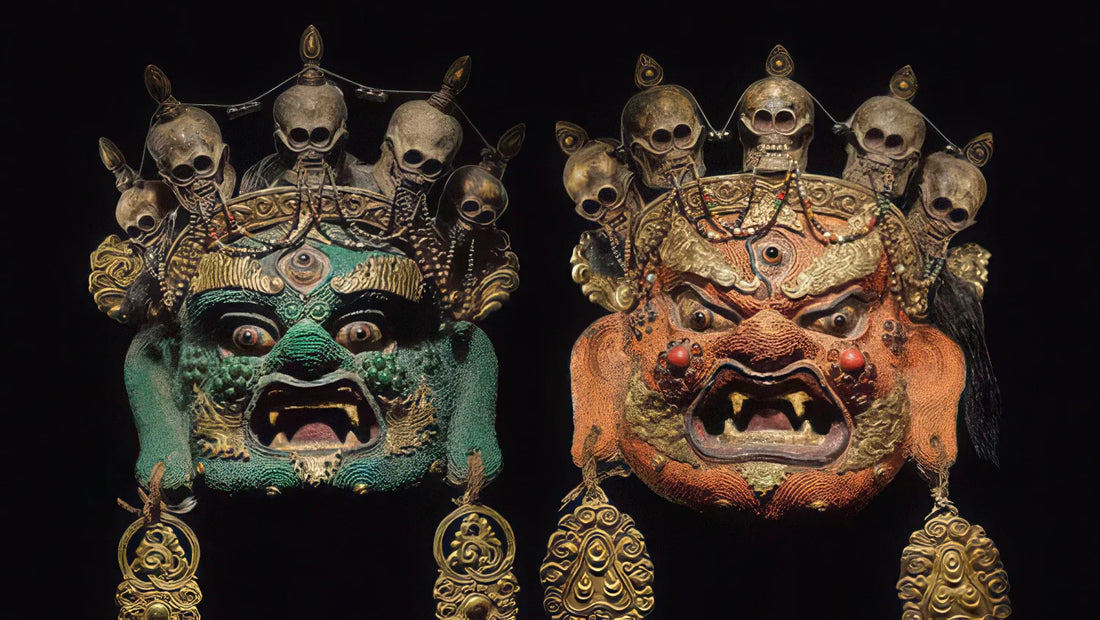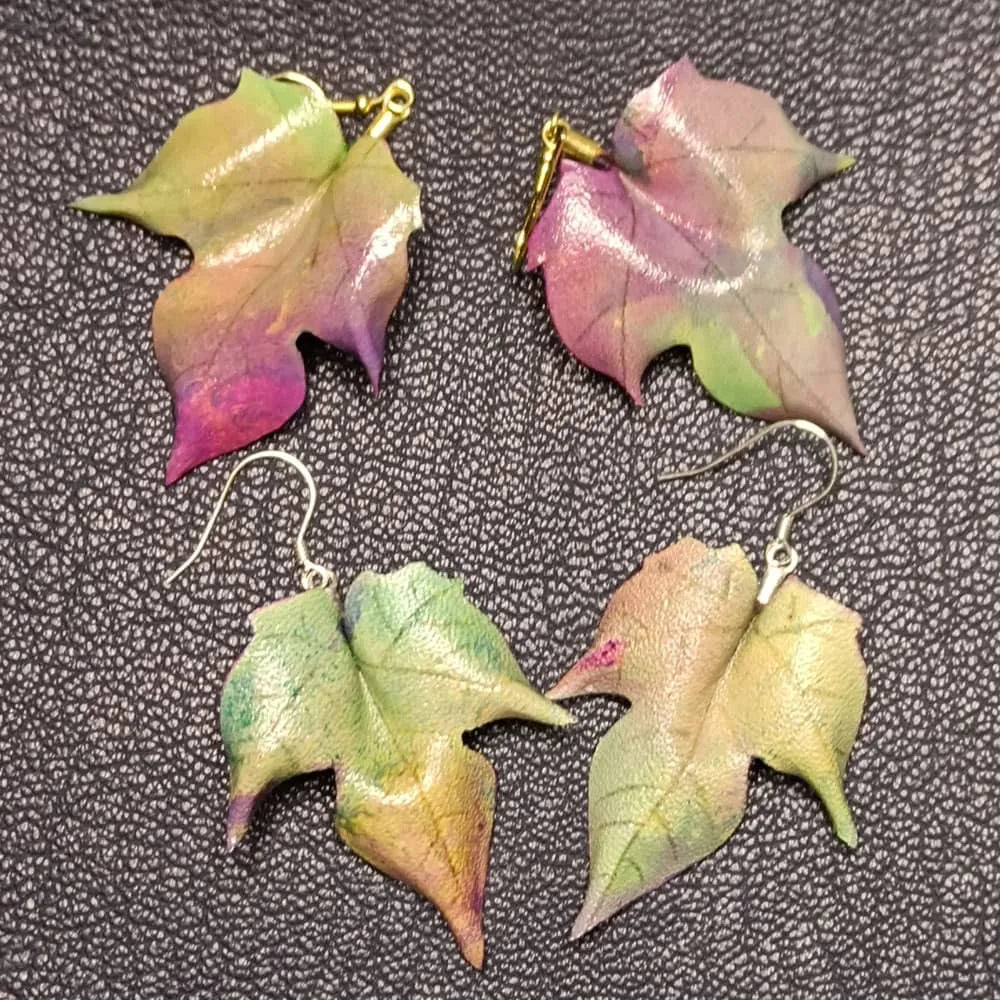
Skull Accessories - Development of Skull Culture (一)
Share
Development of Skull Culture
Skull has been used in totem since ancient time.

More than 900 years ago in the Southern Song Dynasty, the Chinese painter Li Song drew the skeletons which was seldom seen in old paintings, breaking the convention of focusing on the spirit and discarding the details. His painting depicted a scene where a big skeleton and a small one amused the child on the street.

In Chinese Esoteric Buddhism, skull-shape ornaments like skull-shaped crowns and necklaces were common in figure of the Buddha or the God, such as buddha's warrior attendant, Wisdom King and the guardian of Buddhism. For example, Yamataka (one of buddha's warrior attendant) wore 50 bleeding heads and twined around his body a string of human bones. It is said that wearing human bones and skulls symbolizes both the ever-changing world and the will of defeating devils and death.
Bones is a symbol of adamancy and also the embodiment of people’s integrity, which in Chinese called “Gu Qi”. Skulls don’t necessarily represent death and horror. For example, ancient Egyptians regarded them as the symbol rebirth
Skulls, which first appeared in the Prussia Frederick the Great’s forbidden cavalry, is an old sign in Germany. In 1832, Skull and Bones Society was founded by William Russell, a Yale graduate.

French pirate Emanuel Wynn painted a pattern of skull and crossed bones on his ship’s flag for the first time to threaten people with death.

Unfinished, to be continued...
